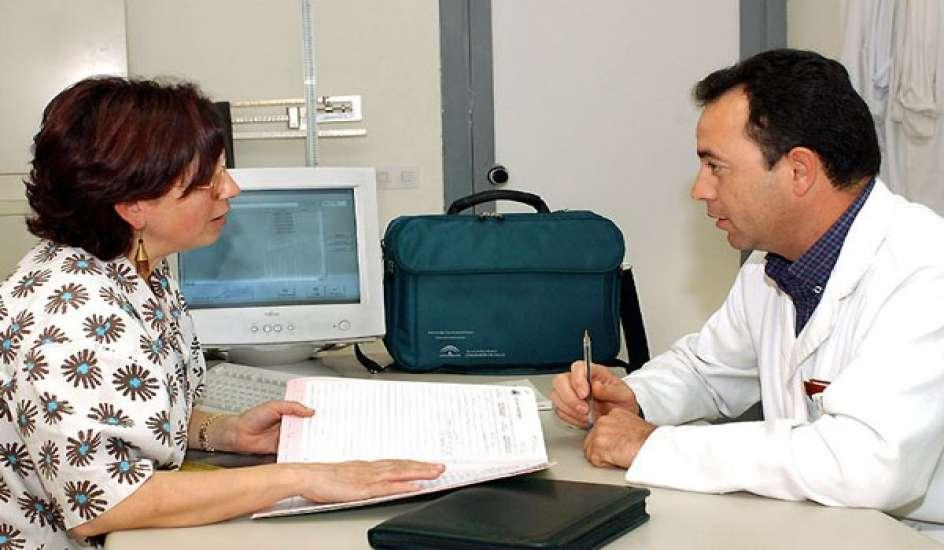Mammillary Region
The mammillary part of the hypothalamus consists of the posterior hypothalamic nucleus and the
prominent mammillary nuclei. The posterior nucleus is a large, ill-defined group of cells that
may play a role in thermoregulation (see below). The mammillary nuclei are considered to be
part of the hypothalamus on anatomical grounds, but, unlike the other hypothalamic nuclei, they
do not appear to be closely related to autonomic and endocrine functions. Instead, the
mammillary nuclei are believed to play a role in memory, and will be discussed during the limbic
system lecture. For now, just associate the mammillary nuclei with memory.
Summary of hypothalamic fiber tracts: There are four major fiber systems in the hypothalamus,
all of which are bi-directional. The two largest and most clearly defined tracts carry fibers to and
from the mammillary nuclei: the fornix (Figs. 6 & 9; also see Fig. 6 in Olfactory Pathways and
Limbic System handout) carries fibers to these nuclei from the hippocampal formation (to be
described in the limbic system lecture), and the mammillothalamic tract contains fibers running
to and from the anterior nuclear group of the thalamus (Figs. 5 and 9). The stria terminalis (Fig.
6) is an afferent pathway to the hypothalamus from the amygdala (also to be described in the
limbic system lecture). The medial forebrain bundle (Figs. 6, 9) is an ill-defined bundle of
unmyelinated and thinly myelinated axons which courses through the lateral hypothalamic area.
This bundle contains a very large number of different ascending and descending components (50
were distinguished in a recent paper). These include fibers ascending from the monoamine cell
groups in the brainstem, descending fibers from the olfactory cortex that may play a role in
appetite control, and descending fibers from other basal forebrain structures. It has been
implicated in controlling many physiological functions like sleep, and behavioral traits like
depression and pleasure.
Functions of the Hypothalamus: Many of the functions of the hypothalamus are of a homeostatic
nature (maintenance of constant body states). Several of these have already been described in
conjunction with the description of the nuclei involved. Such functions require the integration of
activity in many different body systems. A good example is temperature regulation (see Fig. 7
but do not learn this figure). When body temperature increases, neurons in the anterior part of
the hypothalamus turn on mechanisms for heat dissipation that include sweating and dilation of
blood vessels in the skin. When body temperature decreases, neurons in the posterior part of the
hypothalamus are responsible for heat production through shivering, vasoconstriction in the skin,
and blockage of perspiration. Lesions in the anterior part can result in hyperthermia (increase in
body temperature) and lesions in the caudal part can result in hypothermia when the
environmental temperature is low.
A recent, very significant finding is a direct projection from the hypothalamus to the
preganglionic sympathetic neurons in the lateral horn (intermediolateral cell column) of the
spinal cord and to the preganglionic parasympathetic neurons in the dorsal motor nucleus of the
vagus. (Recall from Dr. Harting’s lecture that Horner’s syndrome can result from interruption
of the pathway from the hypothalamus to the lateral horn as it passes thru the brain stem.) The
cells of origin for these projections are located in many different parts of the hypothalamus. The
hypothalamus has long been known as the “head ganglion” of the autonomic nervous system, but
had been assumed to mediate its effects through multisynaptic pathways.
In addition to autonomic and endocrine functions, the hypothalamus is also involved in the
control of emotional expression. As described above, bilateral lesions including the
ventromedial nucleus of the hypothalamus in animals have long been known to produce
expressions of rage (see Fig. 8 but do not learn this figure). Stimulation of various other
hypothalamic nuclei produces a variety of other emotions including pleasure and fear.
It is important to bear in mind, however, that many other areas of the brain, especially those
collectively termed the limbic system (following lecture), are involved in the control of emotions.
Another aspect of hypothalamic function that is interesting to consider is that it may be the site
where, in many cases, emotional factors influence body functions. It is well known that many
functions that are under autonomic or hormonal control are influenced to a large degree by
emotions. For example, emotional factors can influence or block menstruation, lactation, or
sexual function. Since the hypothalamus is concerned with control of emotions, and regulation
of both hormone release and the autonomic nervous system, it is thought to be involved in the
mediation of such effects.
Lanjut ke Part IV





























